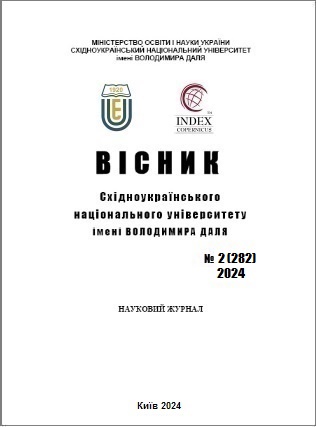Аnalysis of designs and research of valves sucker rod pump
DOI:
https://doi.org/10.33216/1998-7927-2024-282-2-43-49Keywords:
rod well pump installation, pump, valve, simulation modeling, hydraulic resistanceAbstract
Rod well pumps are used for oil extraction, in whichvalves are one of the most responsible elements. Ballvalves are usually used in such pumps. However, theanalysis of ball valves showed that they have a numberof disadvantages, including loss of valve tightness duringoperation, impossibility of use in wells with a curvedstem, low efficiency, wear, etc. Today, there are othervalve designs, such as poppet and spool valves, whichhave significant advantages over ball valves. The articledescribes the structure and principle of operation of theproposed spool type valve. In order to determine itshydrodynamic characteristics and compare them with thehydrodynamic characteristics of the ball valve, threedimensionalmodels were built and simulated simulationsof their operation under the same boundary conditionswere carried out. The program used for simulationmodeling is FlowSimulation, which is an add-on to theSolidWorks program. FlowSimulation allows you tosolve such tasks as the aerodynamics of solid bodies, heatexchange processes in cooling systems, and filtrationprocesses. Also, in this program, it is possible toinvestigate several options of the product model or itspossible configurations at once and get more visualresults: any parameters are available for analysis -speed, pressure, density, temperature - directly on theproduct model. To obtain more accurate simulationresults, the mesh of finite elements of both valves wasoptimized. As a result of the simulated modeling,distributions of fluid movement velocities in thelongitudinal and transverse sections of the studied valveswere obtained. It was established that the hydraulicresistance to fluid movement in a spool valve is almostthe same as in a ball valve. The spool valve allows you toincrease the filling factor of the pump without increasingthe depth of its immersion below the dynamic level,increase the pump supply, reduce the load on the rodcolumn and use it in more intensive modes of operationof the rod well pump installation. Also, the spool valve isrecommended for use when pumping viscous liquids andliquids containing free gas, and in wells where asphalttar-paraffin deposits are observed.
References
1. Дженнінгс, Джеймс В. «Дизайн насоснихсистем насосної штанги». Доповідь, представленана столітньому симпозіумі SPE у Нью-МехікоТех, Сокорро, Нью-Мексико, жовтень 1989 р.doi: https://doi.org/10.2118/20152-MS]
2. Fakher, Sherif & Khlaifat, Abdelaziz & Hossain, M. & Nameer, Hashim. (2021). A comprehensive review of sucker rod pumps’ components, diagnostics, mathematical models, and common failures and mitigations. Journal of Petroleum Exploration and Production Technology. 11.10.1007/s13202-021-01270
3. Khabibullin, M. (2019). Development of the designof the sucker-rod pump for sandy wells. IOPConference Series: Materials Science and Engineering. 560. 012065. 10.1088/1757-899X/560/1/012065.
4. Федорович Я. Т.. Машини та обладнання для видобутку нафти і газу. Навчальний посібник. Івано-Франківськ: ІФНТУНГ, 2014. 297 с.

